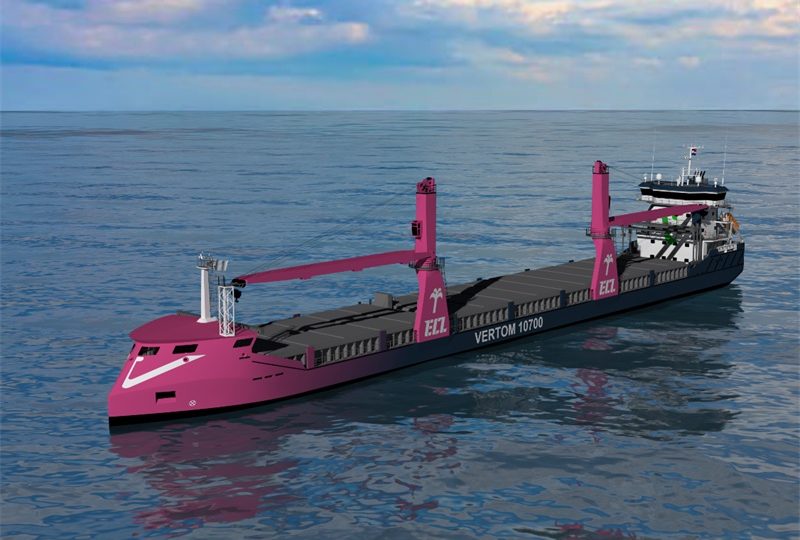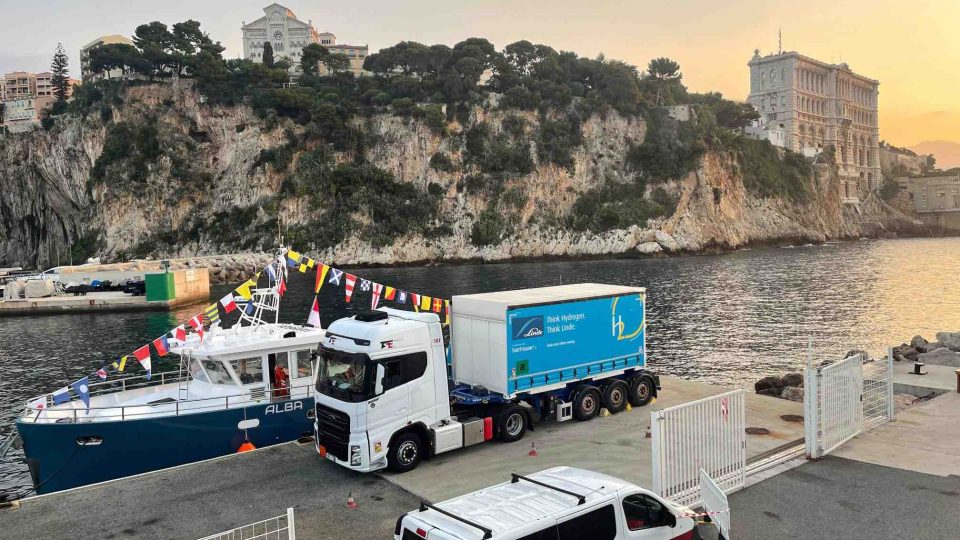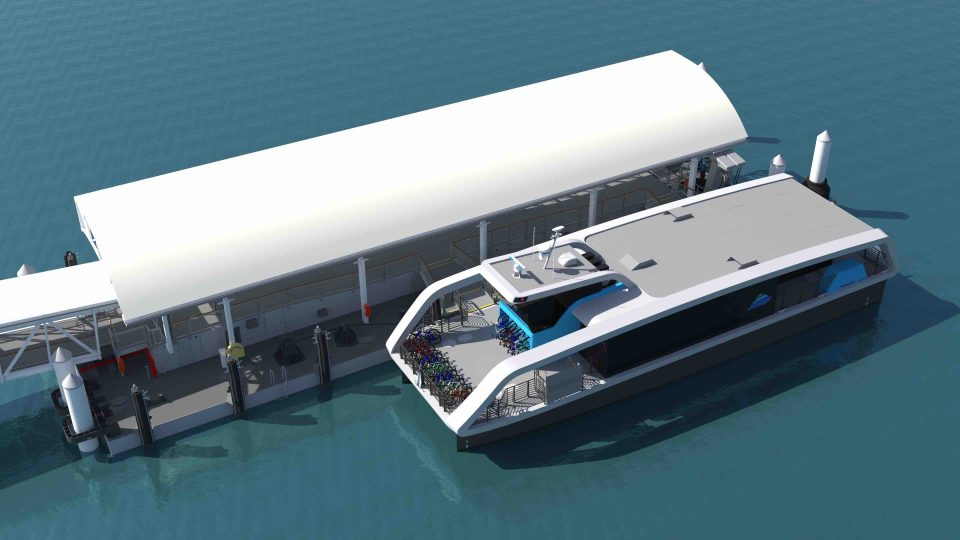MAN Engines V12 marine engine is CARB CHC Level 3 compliant
MAN Engines' D2862 V12 has been CARB CHC Level 3 certified for medium and heavy duty commercial marine applications
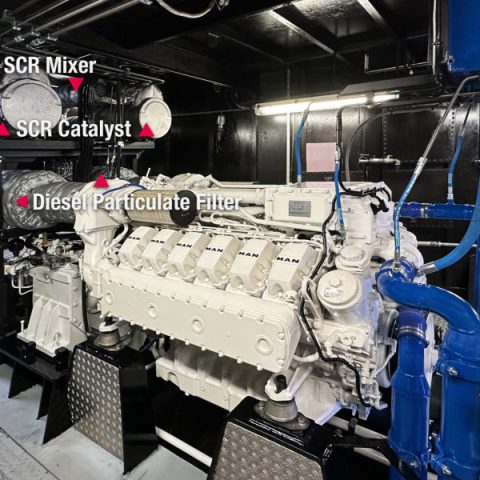
California is generally one step ahead in environmental protection, CARB also applies this principle to the sea, MAN Engines has adapted. This is the premise of the V12’s certification to Commercial Harbor Craft.
MAN and CARB are on the same page
According to the German company, MAN Engines is the first engine manufacturer to offer marine engines for the commercial sector to meet the stringent CARB CHC in-use performance emission standards. This new CHC regulation from the California Air Resources Board was updated in early 2023 to reduce emissions from harbor vessels near the California coast. CARB approval for CHC In-Use Performance Standards is only granted to engines that have been equipped and certified by the manufacturer with DPF and SCR systems. On the other hand, for the alternative approval of engines with higher limits of the CARB CHC Level 3, elaborate test runs and durability tests must be carried out in operation in order to obtain the certification of after-market solutions for DPF.
ATS system in few words
MAN engines that comply with these stricter emission requirements are based on certified EPA Tier 4 engines from the current portfolio. In order to meet the strict limits, the exhaust gas aftertreatment system, which consists of only an SCR catalytic converter for EPA Tier 4, is additionally supplemented by a diesel particulate filter at the factory. “Our customers receive a system completely from a single source. That’s why the engine, diesel particulate filter and SCR system are perfectly matched to each other,” says Werner Kübler, Head of Engineering at MAN Engines. MAN Engines has already been successfully using this system in the marine sector since 2020 for the EU Stage V emission standard and offers a broad engine portfolio for this purpose. The twelve-cylinder MAN D2862 has been certified in three different power ratings, for for medium and heavy duty applications: D2862 LE44A, 735 kW (1,000 hp) at 1,800 rpm; D2862 LE43B, 882 kW (1,200 hp) at 2,100 rpm and D2862 LE48B, 1,066 kW (1,450 hp) at 2,100 rpm.
Some figures
While the EPA Tier 4 emissions standard sets a limit for particulate matter of 0.04 g/kWh, the latest EU legislation for inland waterway vessels (Stage V) requires a much lower 0.015 g/kWh. The CARB CHC in-use performance standard further reduces this limit to 0.0067 g/kWh. The limit values for nitrogen oxides (NOx) remain equally low at 1.8 g/kWh for all variants. “The In-Use Performance Standard further tightens the requirements for engines in operation, making it the best choice for sustainable drives. With the outstanding values of our solutions, we are once again demonstrating the market leadership of MAN Engines,” says Kübler.
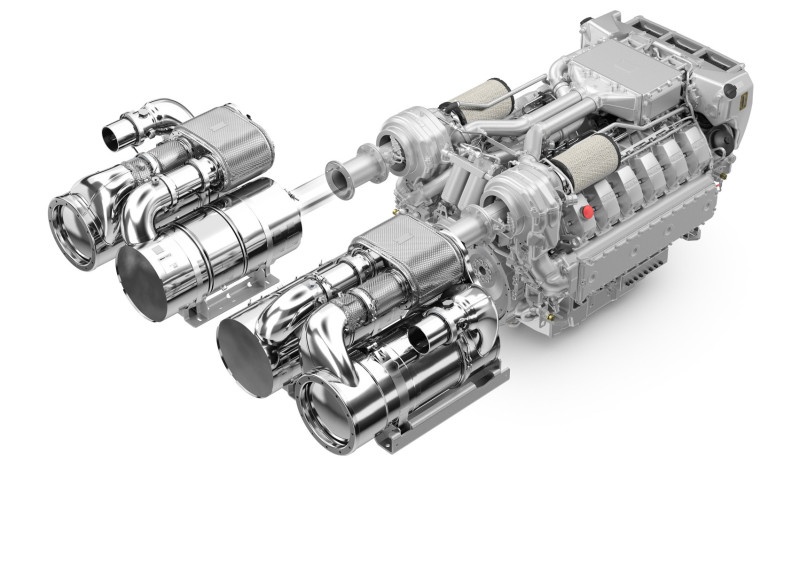
According to the Californian Air Resources Board, the revised CHC regulation is expected to result in an 89% reduction in diesel black particulate matter and a 52% reduction in nitrogen oxides by 2035. The CHC includes various types of vessels owned by private and public entities, including tugboats/tugboats, ferries, pilot vessels, workboats, barges, dredging vessels, research vessels, crew and supply vessels, excursion boats, charter fishing boats, and commercial fishing vessels.






